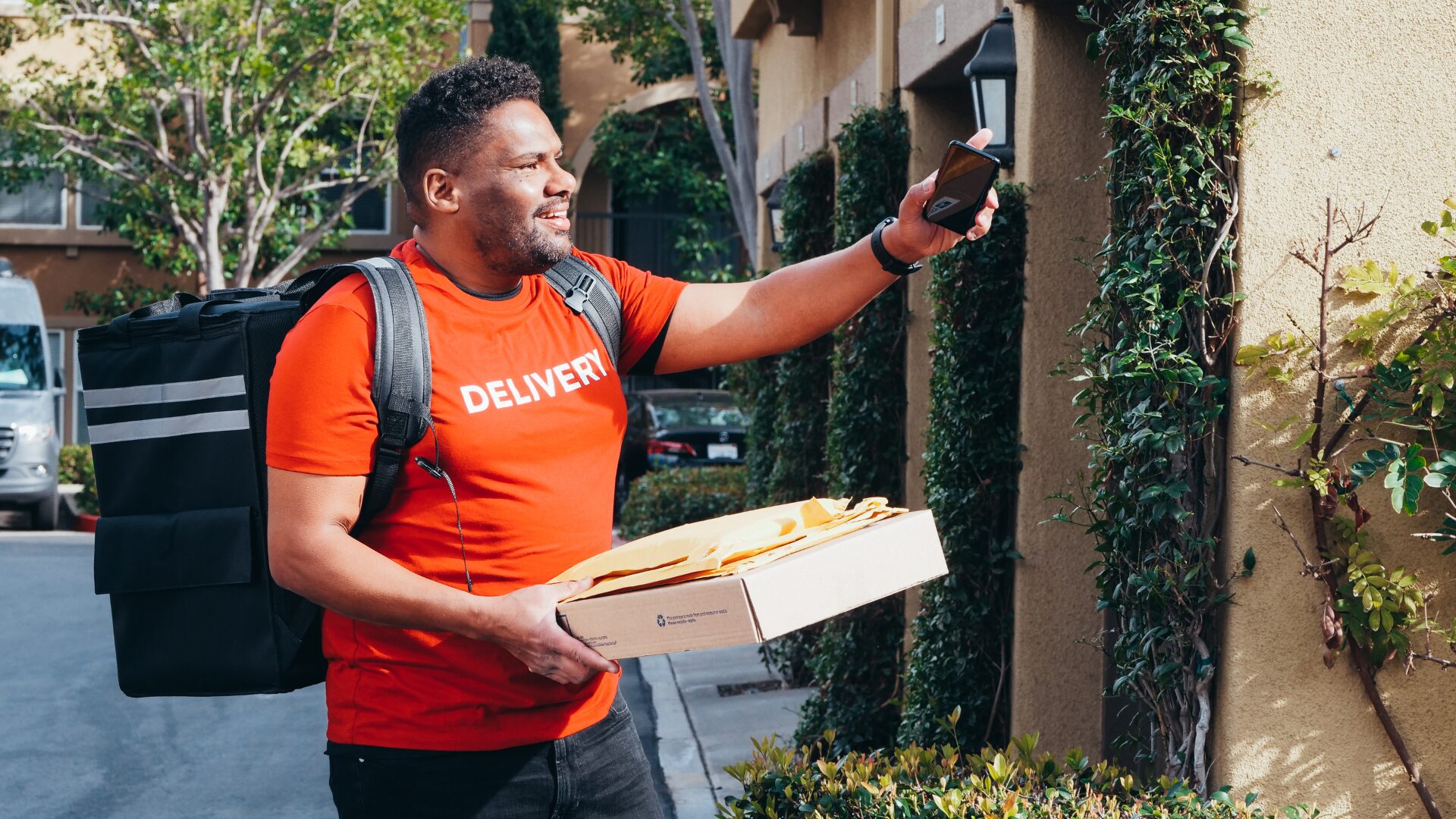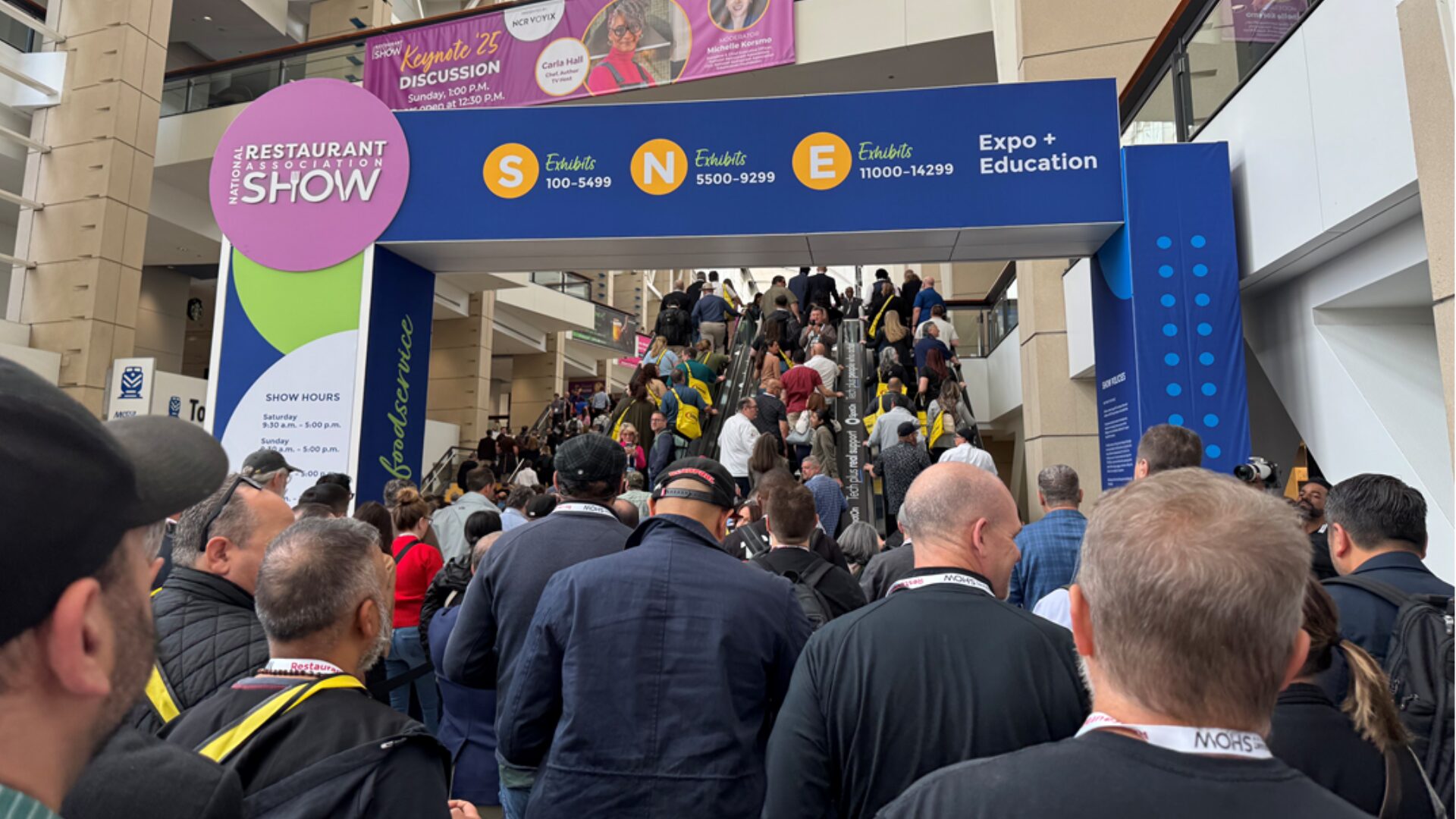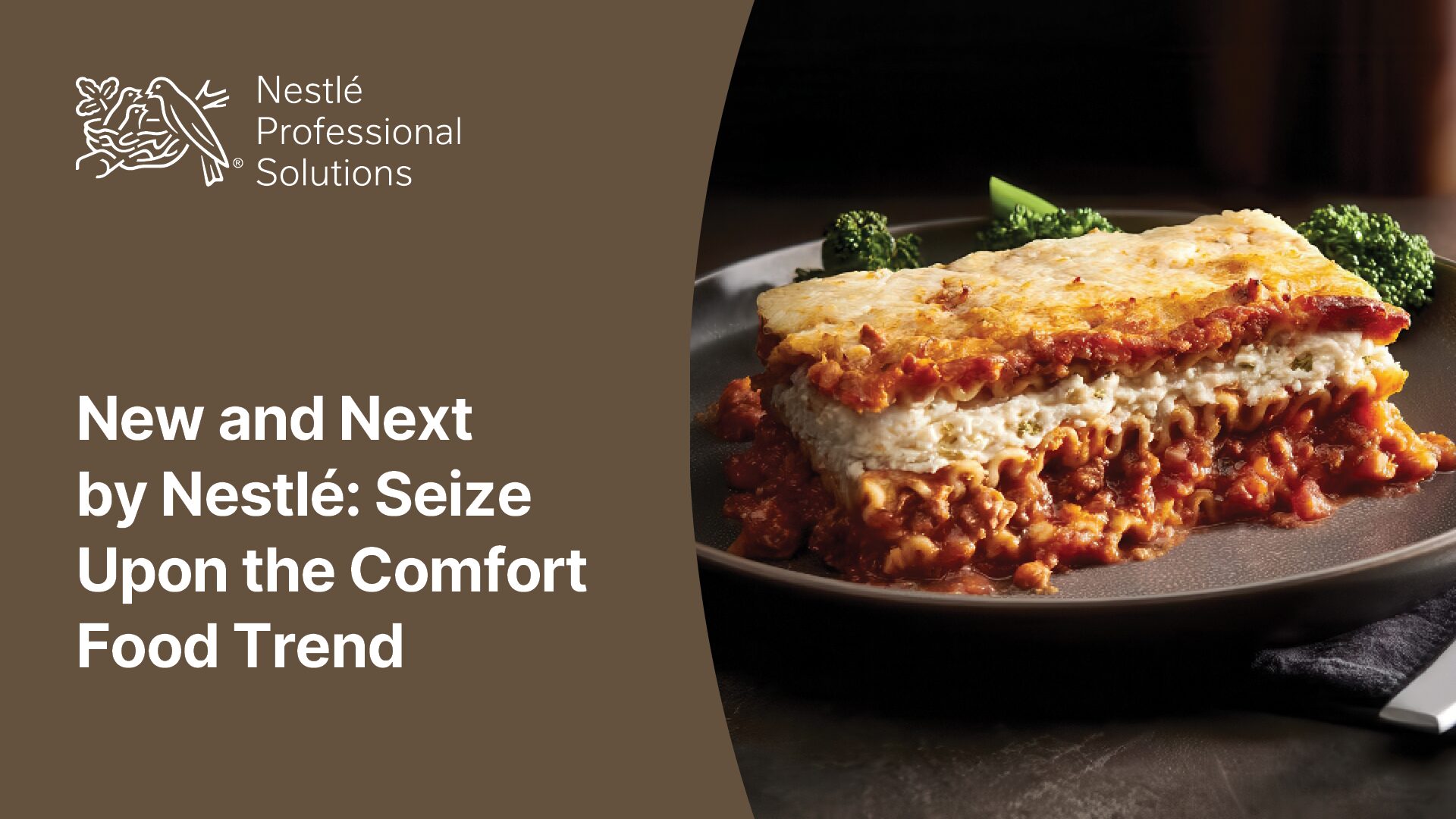The holidays are here and soon 2023 will be gone. As the companies, brands, stakeholders, and employees of the food/bev sector scramble in the last quarter to prepare themselves for 2024, the whizz-bang pace of commerce and technology is as exciting as it is daunting, intimidating as it is game-changing.
At the recent International Foodservice Manufacturers Association (IFMA) Presidents Conference in Scottsdale, Arizona, several keynote addresses helped summarize the contemporary food, tech, and retail landscapes for attendees. The consumer market and greater commercial landscape is wildly different than just a few years ago given the COVID-19 global pandemic, global food price inflation, challenging labor issues of volume from baristas to skilled workers and even truck drivers, while geopolitical instability, diminishing resources, and wild advances in AI and cell-cultured foods have completely upended what many thought of as “a normal day” in food/bev.
To help retailers parse the foodscape, here are some tips and tech to look for in the year ahead. This is Part 2 of a three-part series.
Cutting Through the Cold Chain
Advances in the cold chain — that is, temperature-controlled transportation and handling of perishable, time-sensitive foodstuffs such as fresh produce, meat, and dairy — are also poised to transform the manner in which distributors function.
“Given the growing labor shortages in warehouses and cold chain environments throughout the industry, we can expect to see more retailers and grocers embrace automation and virtual simulation tools to enhance and streamline their warehouse operations,” said Nick de Klerk, Associate Director at TMX Transform, an end-to-end supply chain consultancy, to TFI.
“Cold chain logistics enhancements are a big trend. This will enable a better fresh experience for both major and regional grocers throughout the country.”
De Klerk also pointed out that automated Goods-To-Persons (GTP) systems can transport perishable products from the freezer to operators for picking in a chilled environment, minimizing the distance they need to travel and reducing their exposure to harsh freezer conditions.
“Today’s warehouses often have the three D’s – they are dull, dusty, and dangerous,” he added.
“Automation and simulation environments can support operators in performing their jobs more efficiently and in safer work environments. For example, VR technology can be used to train operators to learn the system beforehand and make mind-to-muscle connections ahead of ever stepping onto a job site.”
Automation, he cautioned, is not a product, however — it’s a process to achieve a solution tailored to each business’s individual needs. “Mistakenly, many businesses dive straight into automating for the sake of it without first defining the business objectives. Defining what success looks like is the first step to achieving it.”
As retailers such as Walmart and Amazon have made successful logistics moves to more regional-based fulfillment centers, many primary and third-party companies offer novel solutions to supply, distribution, and fulfillment.
Curt Avallone is chief business officer at Takeoff Technologies, a micro-fulfillment services company with supermarket chains all over the world that speeds fulfillment of 50-item grocery orders under 10 minutes per.
“We allow our retail partners to operate a network of both large and small facilities with six unique solutions,” Avallone told TFI.
“Our facilities can integrate four customer convenience experiences such as 30-minute delivery or pick-up; fleet home delivery for both two-hour or eight-hour routes; hub and spoke delivery to sister stores; and B2B delivery.”
Avallone says the high productivity of Takeoff’s combined hardware and software solutions has allowed it to proliferate to over 100 micro-fulfillment centers around the world.
Part 1 of this series, Restaurants Automate to Elevate, is available here.
Part 3 of this series, The Loyalty-free Consumer, is available here.












